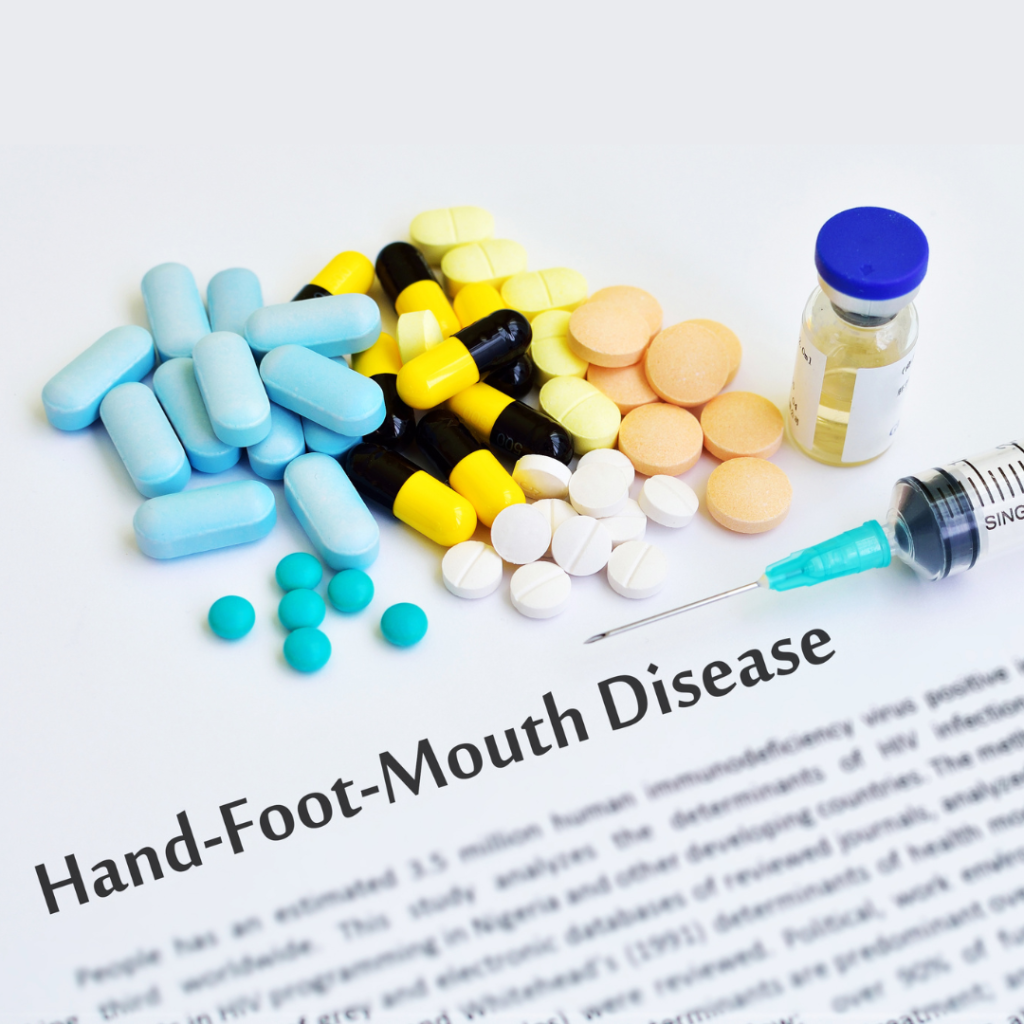Hand, foot and mouth disease (HFMD) is a highly contagious viral infection that can surface on the body parts. It is a common childhood illness that can also affect adults.
Malaysia hand, foot and mouth disease outbreaks continue to grow in 2022. For the first four months of 2022, Malaysian health officials have reported a total of 22,463 cases of hand, foot and mouth diseases (HFMD) nationwide, an increase of 12.8 times compared to the same period in 2021, which saw only 1,752 cases. MOH recently shared that a total of 31,661 cases of HFMD were reported through May 14. This is an increase of 15 times compared to 2021 during the same period (2121 cases). (ref: outbreaknewstoday.com, 17 May, NST, 24 May 2022, outbreaknewstoday.com, 8 May 2022).
What is Hand, Foot and Mouth Disease (HFMD)?
Hand, foot, and mouth disease (HFMD) is a contagious disease, caused by different viruses e.g. coxsackievirus that affects the mouth, hands and feet. It is a viral infection that presents as a vesicular outbreak in the mouth.

It is important to know that it’s not the same as foot-and-mouth (sometimes called hoof-and-mouth) disease, which comes from a different virus and affects animals only.
One will not contract hand foot and mouth disease from pets or animals, and you are unable to transmit it to them either.
Who is at risk for HFMD?
Anyone can get it, but it usually affects infants and younger children. Children in child care centres, kindergartens and schools are especially susceptible to outbreaks of HFMD, as it spreads easily at daycare centres and schools.
Poor hygiene and a high incidence of social contact can also be related to the risk factors of HFMD infections.
What are the symptoms, and how soon does it appear?
The incubation period (period from initial infection to the onset of signs and symptoms) is three to six days.
The common symptoms are fever (the first sign), painful mouth ulcers, and blisters like rashes on the hands and feet. The rashes can also affect the buttocks, over the elbow and knee joints.
Other symptoms are loss of appetite, and irritability in infants and toddlers. HFMD is usually mild, and self-limited where nearly all infected people recover in 7 to 10 days.
What can be done to prevent the spread of HFMD?
The illness spreads by close contact with an infected person’s nose secretions or throat discharge, saliva, stool, fluid from blisters, and respiratory droplets in the air after a cough or sneeze. Infected persons are usually most contagious during the first week that they are sick.
Practice good hand hygiene, avoid close personal contact with infected persons and disinfect contaminated surfaces
What is the treatment?
There’s no specific treatment for hand-foot-and-mouth disease. Treatment is mainly symptomatic to relieve fever and pain of the oral ulcers. Take steps to relieve the symptoms, and ensure that your child is not dehydrated while they are sick.
Anti-itch lotion can be used for rashes. Some may need admission if the children refuse to eat or drink and get dehydrated. Rare complications like encephalitis and myocarditis require immediate medical attention.
How can we protect our children from HFMD?
To prevent the spread of HFMD it is essential to teach children good hygiene practices, such as:
- Washing hands with soap and water frequently i.e. before and after eating and after going to the toilet
- Cover the mouth and nose when they sneeze or cough.
- Clean and disinfect surfaces and shared items like toys and doorknobs.
- Don’t hug, kiss or come in close contact with someone with HFMD
- Don’t share cups or utensils with infected persons
- Avoid school or day-care if your children are infected, until their symptoms are gone, which usually takes a week.

Is it rare for adults to get HFMD?
Adults usually develop immunity to HFMD as they grow older by building antibodies after each exposure to the virus that causes HFMD. Although rare, adults and adolescents can still be infected, which is contagious in people of all ages. Good personal hygiene and care are the keys to staying healthy, and essential to preventing the spread of HFMD.





